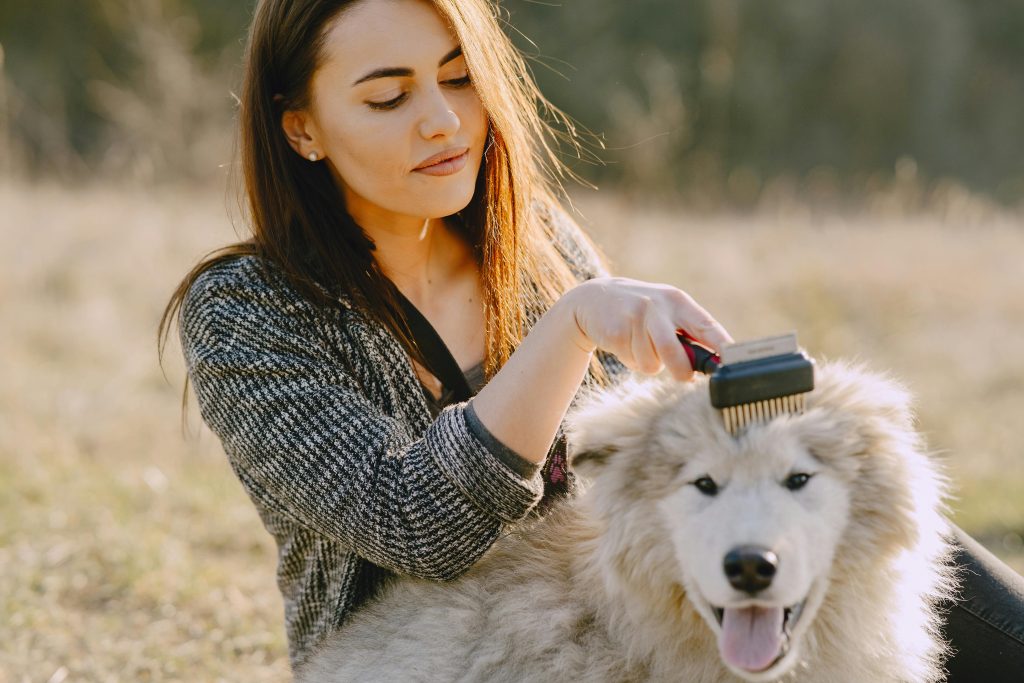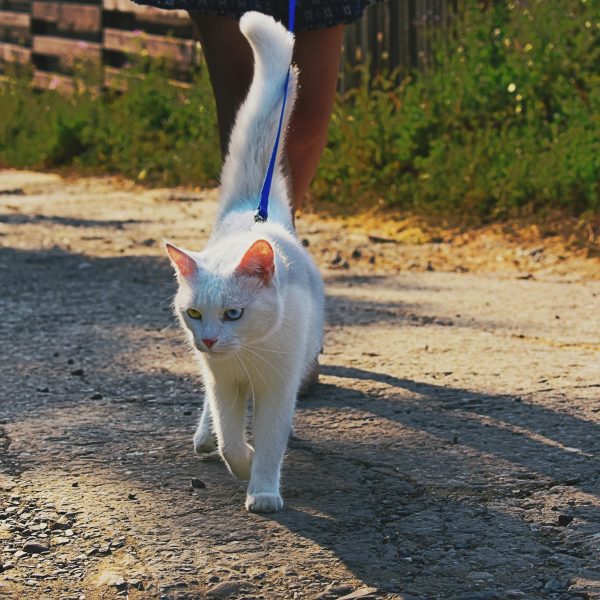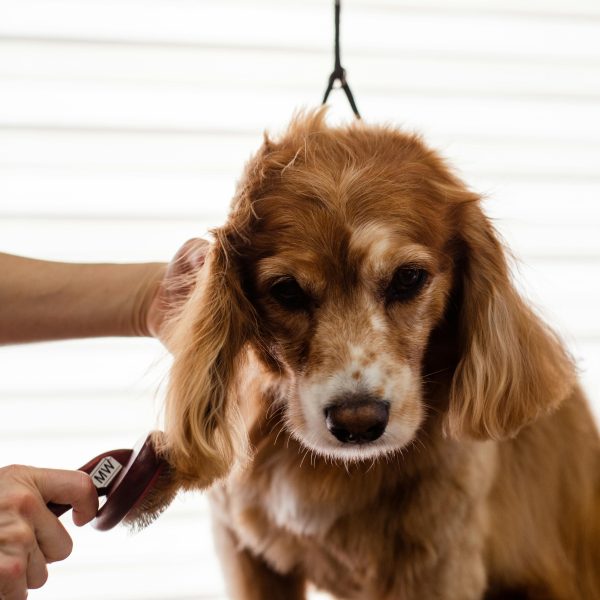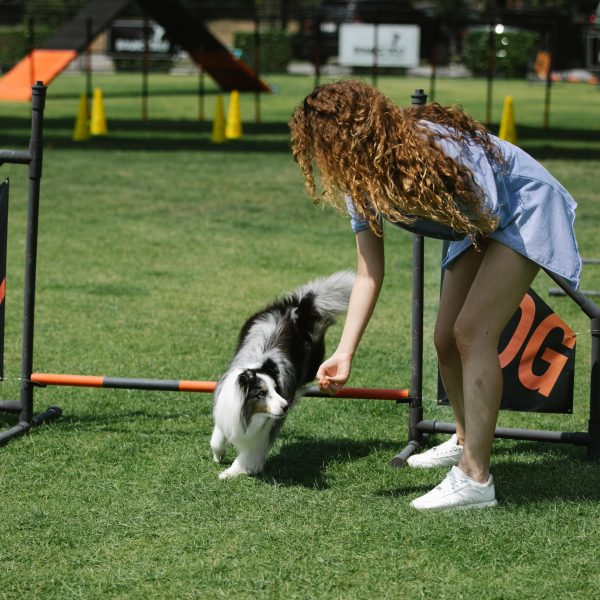Grooming needs in pets change with time, and adjustments in their routine can go a long way in ensuring that they are comfortable, healthy, and happy. Quite often, senior animals—cats and dogs alike—develop physical restrictions such as arthritis, impaired mobility, and skin sensitivity. Therefore, grooming becomes an issue not just of aesthetic concern but of health care as well. Here are some things to consider when dealing with the grooming of your aging pet:
1. Manage Gently and Comfortably
Older pets may already be suffering from painful joints, arthritis, or other conditions that impair mobility. Grooming should be carried out with a great deal of sensitivity. Always ensure a comfortable, non-stressful environment for grooming. Use soft, padded surfaces or supportive grooming tables to avoid putting their bodies under additional stress.
Prepare the bathing area with no-slip matting to prevent slipping, which could cause anxiety or further pain, especially for larger pets. Smaller pets will appreciate being groomed in a snug and comfortable spot where they feel safe and warm. Make sure the room is warm, as older pets are more sensitive to changes in temperature.
2. Washing and Grooming the Skin
Senior pets may experience thinning coats or more sensitive skin. Regular brushing helps remove loose hairs and stimulates blood circulation, keeping the skin healthy. For cats, it also reduces hairballs, which can be difficult for older cats to pass.
Use softer brushes and avoid heavy strokes, especially if your pet has sensitive skin. In long-haired animals, mats may develop, causing pain or infection. Moisturizing sprays can help, and for pets with dry skin or dandruff, consult your veterinarian for special shampoos.
3. Bathing With Attention
Senior pets need less frequent bathing, but when necessary, baths should be gentle and quick. Use a mild hypoallergenic shampoo to avoid skin irritation. Warm water is ideal, as hot or cold water may cause discomfort.
Keep baths short and ensure your pet is thoroughly dried afterward, especially if they are sensitive to cold. A towel works well for drying, and a low-power setting on a pet-safe blow dryer can also be useful. Be careful not to over-dry, as this can lead to skin irritation.
4. Nail Cutting
Reduced activity in senior pets often leads to overgrown nails, as pets naturally wear down their nails through movement. Overgrown nails can cause discomfort, especially for pets with arthritis. Regular trimming is necessary but challenging, as cutting too close to the quick can cause pain and bleeding.
Use a pet-safe nail grinder or clipper carefully, especially with nervous dogs. For anxious pets, you might trim one nail a day or seek professional grooming services experienced in senior pet care.
5. Ear and Eye Care
Senior pets may be more prone to ear infections or eye discharge. Regular ear cleaning, using solutions recommended by your vet, can help prevent infection—especially in dog breeds with floppy ears and cats prone to wax buildup. Be gentle, as senior pets may be more sensitive to touch in these areas.
Use a soft, moist cloth to wipe away any discharge or tear stains from your pet’s eyes. If your pet has increased cloudiness or vision loss, adapt your grooming sessions to ensure they feel comfortable and secure.
6. Dental Care
Dental care is especially important for senior pets. Severe periodontal disease can cause pain and discomfort during eating, leading to health concerns. Regular tooth brushing with pet-safe toothpaste is ideal, but if your pet resists, dental wipes and water additives can help promote oral health.
Grooming older animals requires patience, gentleness, and an understanding of their changing needs. By adjusting your grooming routine to focus on comfort and health, you can improve your pet’s quality of life as they age. Always consult your veterinarian for recommendations based on your pet’s individual health needs. Regular grooming also provides an opportunity to monitor your pet’s overall health and well-being.








